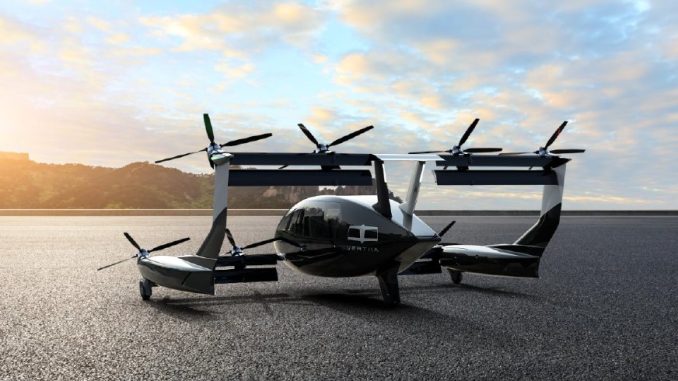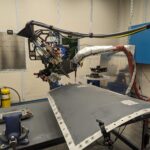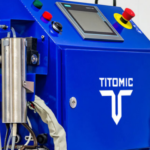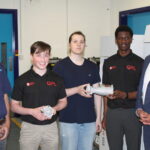AMSL Aero has announced a partnership with Conflux Technology to develop cooling systems for hydrogen fuel cells in its Vertiia aircraft. The collaboration aims to enable the electric vertical take-off and landing (eVTOL) aircraft to achieve ranges of up to 1,000 kilometers at speeds of 300 km/h. Vertiia completed its first free flights in late 2023, marking a significant milestone in Australian aviation.

The partnership leverages Conflux Technology’s experience in Formula 1 car engine cooling systems. The first phase of the project has developed three heat exchanger concepts designed to minimize weight and volume while managing continuous heat loads during flight. The project is now entering its second phase, which will focus on optimizing and manufacturing a proof-of-concept assembly for integration into Vertiia’s hydrogen fuel cell system.
“In Vertiia, we are building a hydrogen-electric aircraft that flies record-breaking distances at Formula 1 speeds, making Conflux Technology, with its storied history of innovation in motorsport and aviation, the perfect partner for us,” said AMSL Aero chairman Chris Smallhorn. The cooling solution will be specifically designed to handle high transient heat loads during vertical take-off, landing, and hover operations.
Conflux Technology CEO Michael Fuller noted, “Hydrogen fuel cells are shaping the future of sustainable aviation, and thermal management is critical to their performance. By integrating our advanced heat exchange technology with Vertiia’s fuel cells, we’re optimising efficiency and driving the next generation of clean aviation solutions.”
The cooling system utilizes additive manufacturing to create lightweight heat exchangers that conform to available space. According to AMSL Aero, Vertiia will conduct its first hydrogen-electric powered flights later this year using Conflux Technology’s cooling technology. This development represents a step toward AMSL Aero’s goal of manufacturing what they describe as the world’s first long-range passenger-capable hydrogen VTOL aircraft.
Source: urbanairmobilitynews.com










